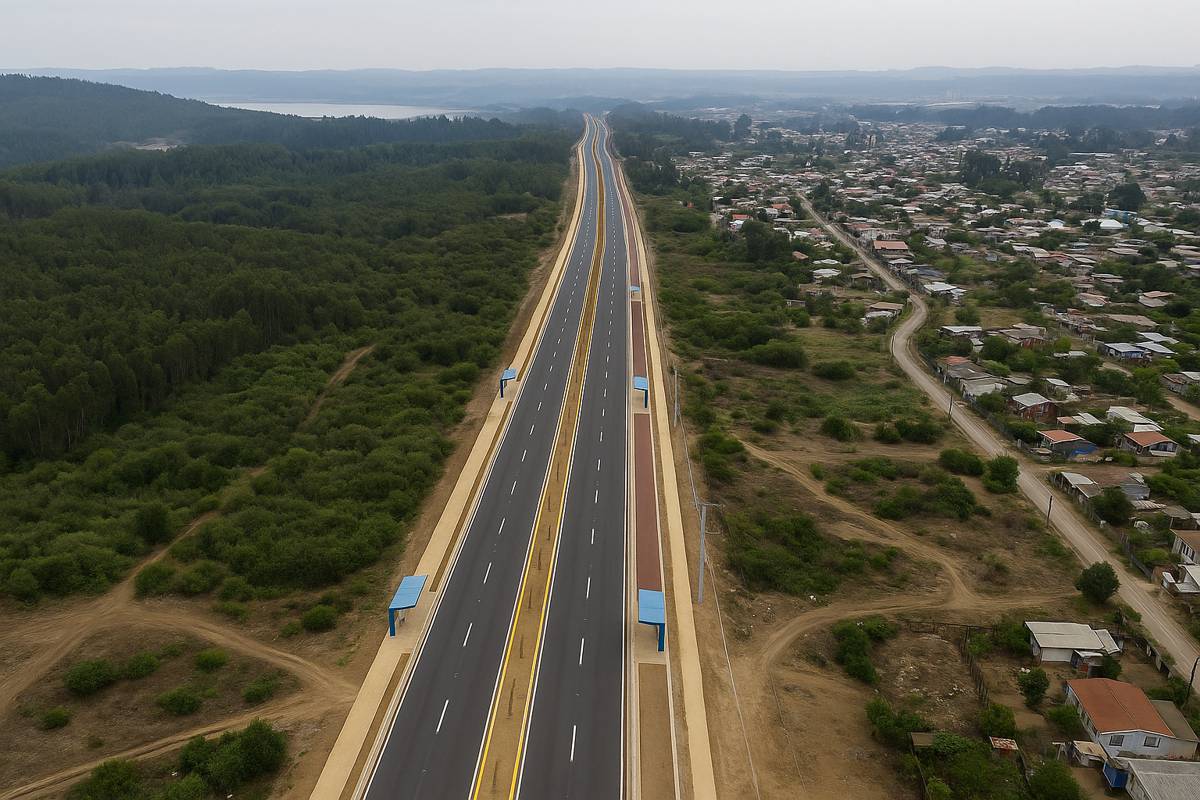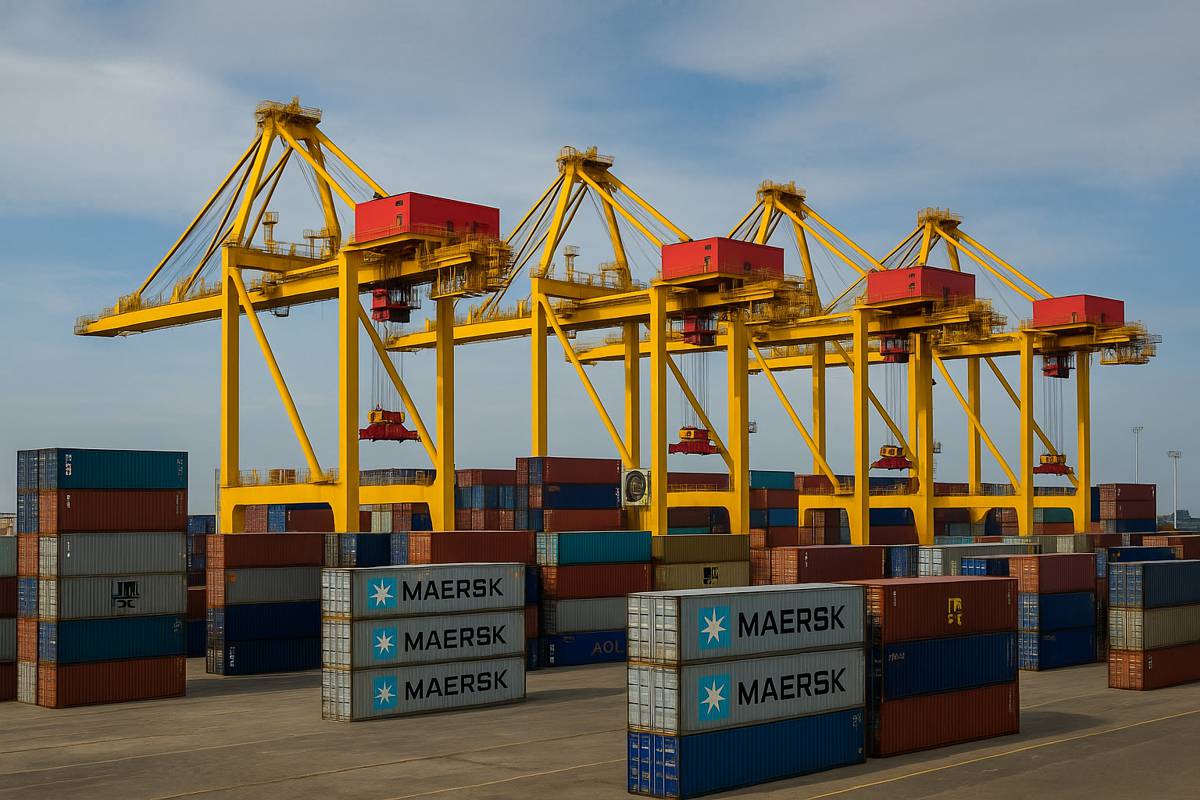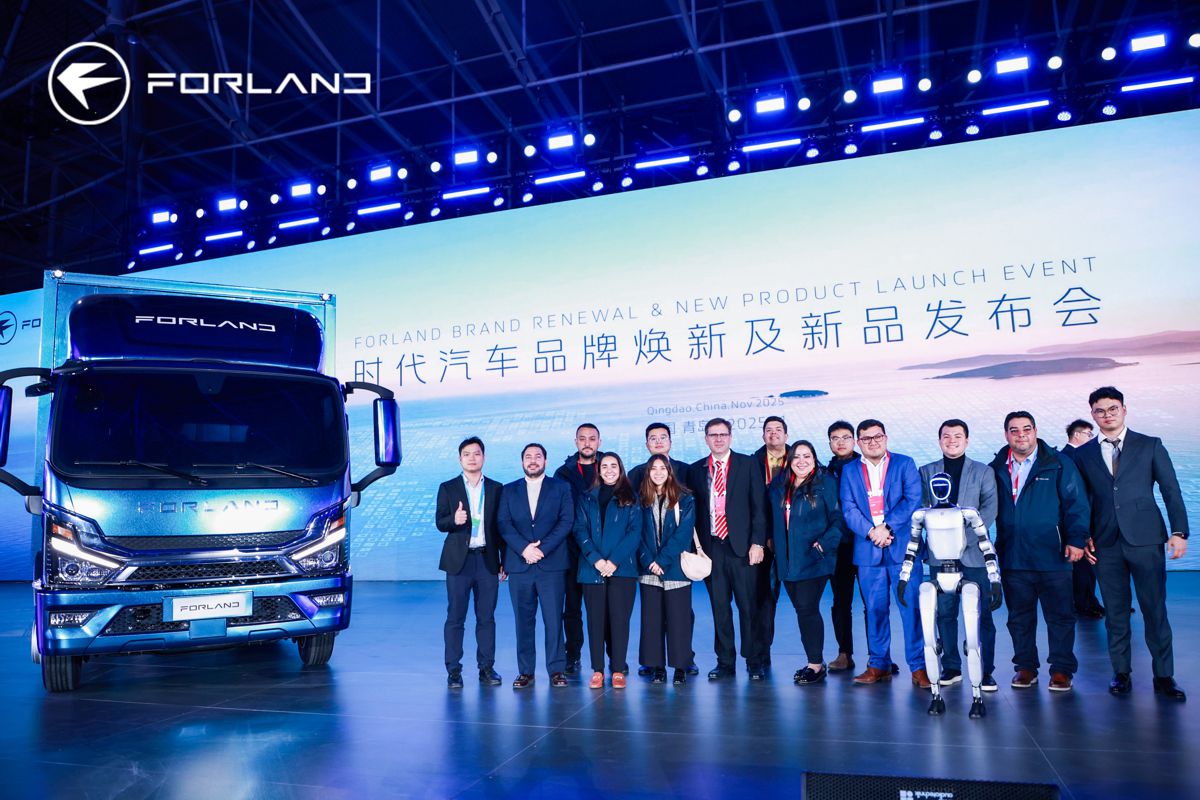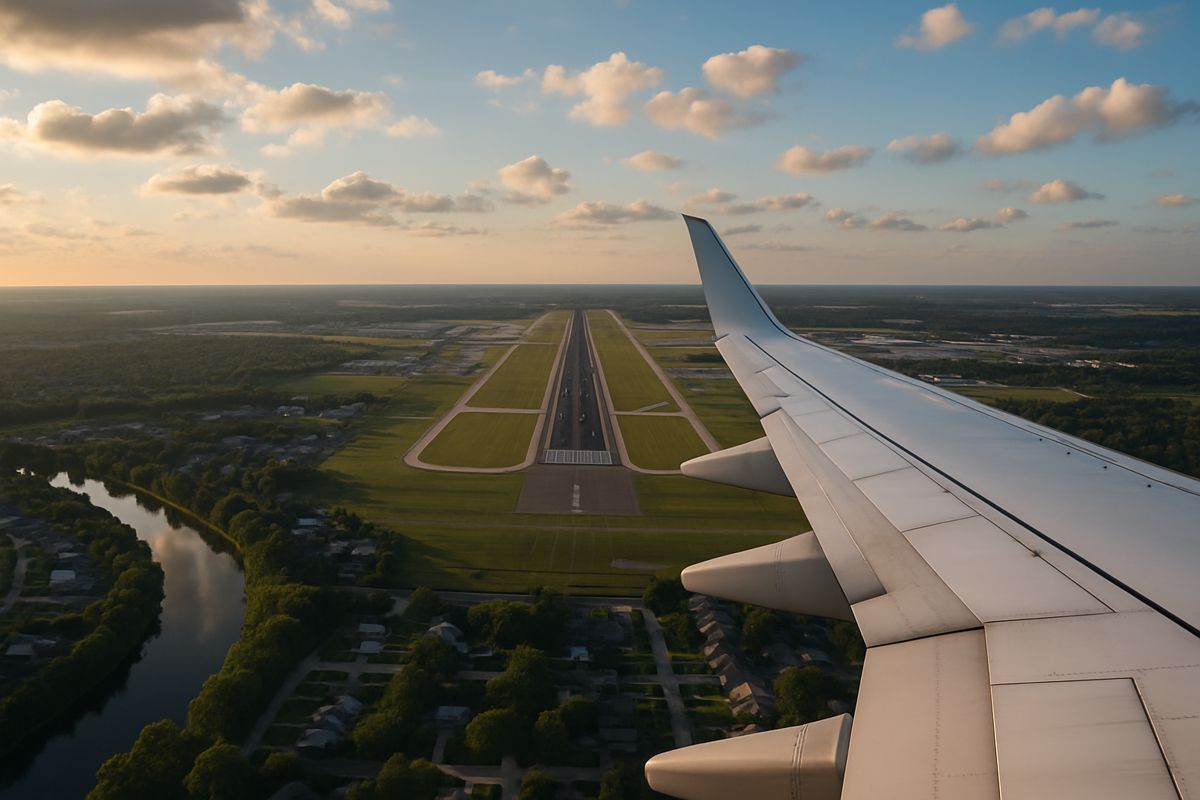PIARC explored Transport Systems Economics at the World Road Congress
During the World Road Association (PIARC) World Road Congress held in Abu Dhabi last October, Dr Fred Amonya, Chair Transport Systems Economics, PIARC, discussed Transport Systems Economics in his speech below:
“Four years ago, we set out to study transport appraisal and evaluation across the world and write case studies. Today, we will look at a few of the case studies. We will also look at the same space of our effort from other perspectives. We will look at sociology and history of transport. We need those other perspectives. Otherwise we retreat to a space of denial, assuming an unwarranted simplicity of the transport space.”
Part I: The Complex Space of Transport
“Often, we use the word unprecedented loosely. However, we can say transport appraisal and evaluation faces unprecedented challenges and opportunities. The unprecedented landscape arises from technological and sociological challenges. On the technological front, digital technology is changing the way and speed of human interaction. On the sociological front, more than ever, people want to share public space (including means of transport). In addition, transport must respond to climate change.
“Consequently, we are forced to rethink the benefits of transport investment. We are forced to rethink the value of time savings, and we are forced to look rigorously at the concept of journey reliability.
“Moreover, the complex space brings urgency to evaluation of transport investment. People will know more and ask deeper. They will want the benefits of transport investment explained (i.e. rigorous evaluation). And the explanations must look explicitly at the social costs (particularly climate and changing social tastes). Our activities show that frames for rigorous evaluation are lacking – across the world.
“Let us call the changing technological and social tastes…the fourth industrial revolution (4IR). Our activities show that the high-income countries are addressing the challenges of 4IR but mostly in an unstructured way. Even then, universities are writing case studies of projects that challenge the existing value-of-time models.
“Encouragingly, the universities are working with ministries of transport, consulting firms, and transport asset managers (operators).
Looking ahead, the interaction of universities and practitioners should appreciate better the convoluted force of technology and sociology (4IR). The lower-income countries are just noticing 4IR, and a few are creating commissions to address it. However, they view 4IR as a purely digital phenomenon – and missing the complexity and opportunities.
“Unlike the high-income countries, the lower-income ones have young markets (including consultancy industry, capital markets etc – space of capital, labour and product). Consequently, the challenge of capturing 4IR rests with the state (government).
“Bringing the two together (high- and low-income countries), how should we respond?”
Part II: The Practice of Transport Appraisal
“Let us have a quick survey of the industry. We have three platforms of knowledge endeavour. Let us call them the catalogue model, cardinal utility, and non-ergodicity.
“The catalogue model is the mainstay of the industry. The terminology refers to decision support systems that emerged from the jolt of research post the Second World War. The models are a regression of empirical data from major research (by TRL. AASHTO and others). The main objective is fitting empirical data, and not any emergent thinking. In the UK, for example, we had a package for cost-benefit analysis with the acronym COBA. Incidentally, the industry savours acronyms…though at times they can be nauseating. Anyway, these packages required the young professional to know little – know the mechanics of input, plug in values, and out comes results. Unless the outputs seem outrageous based on past work, go home…end of day, career grows. For our colleagues with a background in economics, these models were like computable general equilibrium (CGE) models.
“Over the past two decades, technological and sociological realities have forced changes. So, COBA has evolved. The evolution has birthed MyRIAD for incidents and delays. Here are more acronyms that you can look up: QUADRO (for queues and delays), COBALT (accidents), and other initiatives you will find at the knowledge hub of the department for transport (WebTag).
“Please note the plethora of appraisal tools that have developed in the UK (the forest of acronyms). We know why they have emerged – the social and technological forces. We will explain how they have emerged, and we will do that under the second platform of transport appraisal that we have labelled cardinal utility.
“Otherwise, the UK story mirrors efforts in other high-income countries. In the low-income countries, HDM-4 remains the stable for appraisal.
“Other sectors have relied on the same empirical-static approach. So, again in the UK, rail has GRIP. Aviation tools are more bespoke. However, they are essentially spreadsheets of the same empirical-static flavour. They calculate mainly: available seat kilometres (ASK), revenue passenger kilometres (RPK), and passenger load factor (LF). They draw on elasticities from industry-supported research. Maritime follows the same empirical-static approach in throughput analysis.
“Cardinal utility attempts to refine those catalogue models.
“When we invest in transport, we make an offer to the potential user. The user draws utility from our service. Cardinal utility asserts that the user can measure the offer, like we measure time or distance. The market prices the offer. And both the user and buyer have complete information about the dynamics of the market.
“From time to time, we refine our measures and seek to include attributes of our offer that may have been omitted in the previous valuations. That is what the improvements to catalogue models do, albeit tacitly. Universities lead the refinements. They will be in form of research commissioned by the state or university-industry collaboration.
“Yet, the emerging forces of climate change and 4IR ask us to consider ever-changing landscapes. These are non-ergodic spaces. We no longer can tweak an input or add a module to the existing appraisal package. We must tackle new landscapes. Invariably then, we must be incremental and reflexive. We don’t have capacities for that approach, and even the most developed countries will struggle. So, what next?”
Part III: Transport Systems Economics – The Challenge Ahead
“That is a tough question. It is the toughest question of transport, and public service. We know the ‘where’. We must head to incremental-reflexive structures for managing policy and long-term projects. We also know the frame of the ‘how’. It must be public-private partnerships (PPP). First though, we must rescue the terminology from the exigencies of commerce and politics. However, will the public be patient with us as we nudge to the holy grail of incremental-reflexive action?
“Down to the committee, as we look ahead, the usual play with catalogue models is unsustainable. Ponder the plethora of tools in the UK. Do the low-income countries need a similar refinement and variety? Yes, they did, but now need finer tools in the light of non-ergodicity. Those lower-income countries are more complex. Socio-economic issues are more intertwined, and the speed of change is higher. Yet, for road appraisal they must rely on the general tool called HDM-4. We should desire to see those lower-income countries make [local] changes under some form of distributed ledger technology (DLT) embedded in HDM-4. We are far from such a situation. Why? Those countries do not have the requisite intellectual resources. Yet, their people will demand more precision in transport appraisal. They have access to the investment outlay and observe the cursory economic effects. So, how long will they accept imprecise and inaccurate appraisals?
“A few of you may want a more rigorous view of the picture so far painted. The social world is a forest of partial differential equations (PDEs), more pronounced than the physical. We seek symmetries to solve the PDEs. We impose assumption to realise the symmetries – knowingly or not. However, our impositions had better capture reality. Otherwise, reality will tell us the impositions are misplaced. That message could be overt, directly from the people. That is our challenge as reality creates more PDEs.
“In closing, the occasional tweaks of cardinal utility will not work. We must respond to the challenge of non-ergodicity.”




















